Green Horse AdventuresGreen and Green Does Not Mean Black and Blue; So Long as You Have Help6/1/2024 We were able to get two green horses out in a group for the first time yesterday. We had a great day, but I want our followers to know that there are “training moments,” that aren’t captured on video. Because we can’t film them… our hands are full! But as a trainer, I want to share the entire training process. So, for every positive you see here, I want to give a quick caveat of why it was an accomplishment. 1)Charlie has had loading problems for a few weeks. It took multiple daily schooling sessions of late to make yesterday better, but not perfect. 2) When you see me in the sand about to mount, Charlie had just rolled with me on her. 3) Charlie wasn’t spooky today. She saw new things and didn’t have hesitation. She went in water and was in a group. But, she was also wanting to go faster than I asked for most of the ride. It took serpentines on trail, and through trees to keep her focused on me and not up the rear end of the horse in front of her. She was head strong, and we are still working on her not needing actual strength to cue for turns and stops. When I did let her move out, as to not teach her to run through my hands, we many times used our one rein stop. These things do not mean Charlie is not an amazing horse. She came out of holding in November, has had less than 30 rides, and this was her third ever trail ride. She is beyond impressive. But, if an inexperienced person had been on Charlie today, it could have been dangerous. Green horses need to be told what to do every step of every ride, because they are absorbing EVERYTHING. So, don’t get mad at your green horse. Don’t judge someone when a green horse is not acting like an old pro. It’s all a part of the journey to create a seasoned and reliable mount. This doesn’t take 30,60, or 90 days. It takes years. #dayslikethis are a trainers dream. Challenging but fun. If that’s not what you are ready for, you need a seasoned horse, or a trainer so your horse can meet you at a stage you can take over. A safe trained horse is a fun happy horse.
0 Comments
I’m going to need you to bear with me on this one. It does wrap around and relate to horses. But I really want to show the similarities of setting a human to human boundary and to that of setting one with your horse. So you need to hear the human story first….
About a week ago I was struggling with a level of anxiety. Nothing drastic, but just enough to interfere with my day to day. I was doing my best to work through and ignore it, but found that if I did not do something to address it, it was not going to go away. Without going into too much detail, the situation had to do with some unknowns with a person I wanted to get to know better. There were some things happening within our interactions that, based on past experiences, I was drawing similarities to a situation that had gotten me hurt in the past. I was back and forth on how to best find a solution. And then as I was cleaning stalls, I put on the podcast “We Can Do Hard Things.” It was like the universe was smacking me in the face. The entire episode was about boundaries. At one point in the podcast something was said that stuck with me. It was something along the lines of the following… You set boundaries to keep yourself safe. When you set one, you are not making a demand of another person, you are saying what you accept in a situation and what you do not. Their example was; You don’t tell someone to stop smoking, you tell them that they cannot smoke in your house. What they do with that boundary and how they react to it (which may not be favorable, but you need to be ok with that) is out of your control. In their example, you are not telling them they cannot come to your home, if they feel they cannot manage not smoking in your home they are making the choice to not be there. You just set the boundary and put the ball in their court. With this in mind, I reached out looking for the answers I sought. I was not at this point setting a boundary, but rather trying to find out if one was even needed in the fist place. By the end of the week there was some back and forth on the situation. A lot of confusion and unknown still in the air. Eventually I had to make a choice. As things stood, I did not feel secure in the situation, and despite brining up what made me uncomfortable, I was not being reassured by how things were developing. Do I keep at this, or do I set a boundary? I eventually ended up deciding a boundary was needed. The short version of what I decided on was… This isn’t working. I am going to agree with a statement you made about not being able to give what I need for this to work. If things change, I’ll be here, and I would really like for that to happen one day. The reaction to this was not the best. There was a level of defensiveness, and some attempts to flip the script. I did my best to not let my emotions dictate further response, but I am only human and I got a bit defensive as well. I think my emotions were not unreasonable to have, but I readily admit my response could have been better and I probably should have just left it at setting the boundary and saying nothing more. Now I’m in the aftermath of this situation. Sitting at my computer and watching my fish hover around the light from the screen. If you read about DBT and emotional regulation you could say I was in the aftereffects of several emotions. The situation was something I had seen promise in, and it ended up not working out. But I’m going to stand behind the boundary I set. I did what I had to to attempt to make a safe emotional environment for myself because that was what I needed if that relationship were to have been able to work. So… How in the heck does this relate to horse training. Boundaries and horses is HUGE! Now, with horses our boundaries have more to do with physical safety than emotional safety. But, with how everything played out this week, I could not help but draw many similarities between the two. For example, let’s take something basic. If you have ever dealt with a horse that has no regard for a personal bubble, you will probably be working in a more preventative manner with horses you interact with in the future. You are going to set a boundary based on past experience to keep you safe. (Just like I did above, I saw a situation developing and reacted to prevent being hurt as I have been in the past.) In this situation, your boundary is, if you enter my space (lets say a 2 foot distance around yourself), I will not accept your presence there. Notice how the boundary is not that you are going to always stay two feet from your horse. You are giving the horse a choice, and you are choosing to not accept what to you is considered unsafe. The horse will likely not be a fan of this situation at first. They will likely test you on it, and you have to be consistent. You don’t walk away, you don’t give them more space, you tell them they cannot be within that boundary you have set. It is going to be hard, just like it is when you set a boundary with a person because you don’t want to push them away, but you need to be safe. With horses they can just be so darn cute. They want attention or treats and you want so badly to give in. But you keep in mind that one hose from the past that took a chunk out of your arm, or bowled you over at feed time… Is giving in to the boundary worth risking your safety? In the end, that boundary is going to create a much stronger relationship between you and your horse. You will feel safe around them, and they will find security in your ability to be a leader to them. The same goes for human to human boundaries. When you set a boundary, and someone not only acknowledges it but respects it, you can feel emotionally safe them and your relationship becomes stronger. You’re not sacrificing something to keep someone else happy, or allowing yourself to feel uncomfortable just to maintain a relationship. All of a sudden, when you communicate with each other what you need, what is acceptable, and what is not, everything just gets a whole lot easier. Now, there is a significant difference between boundaries with humans and people. The difference is not in how you set the boundary, but rather the reactions that a horse can have vs those of a human. The perk to boundaries with horses, is that they have less of an emotional response. They react in a way that models herd dynamics, or goes back to the base principles of being a prey animal. They will test a boundary until enough reinforcement causes them to respect the boundary. With humans, you set a boundary for your emotional safety, and as an emotional being the other person has the choice to respect that boundary and remain in the relationship, or if you are firm in your boundary and they do not wish to respect or acknowledge it they are in that moment choosing to no longer associate with you in regard to that boundary. That could mean something as drastic as a complete severance of a relationship, or as the podcast example said, just a separation of where an action is acceptable. It is hard. It can even hurt depending on what the relationship with this person was or what you wanted it to be. But I will tell you this, if someone can’t give you what you need to feel safe, and you set a boundary, you can leave a door open for them. A boundary is not a wall. At any time if they feel they can be a part of your life in a way that respects your needs and keeps your emotional safety in mind. They can come right on in. You never told them to leave. You just told them the price of admission. I want to preface this post with the following...
|

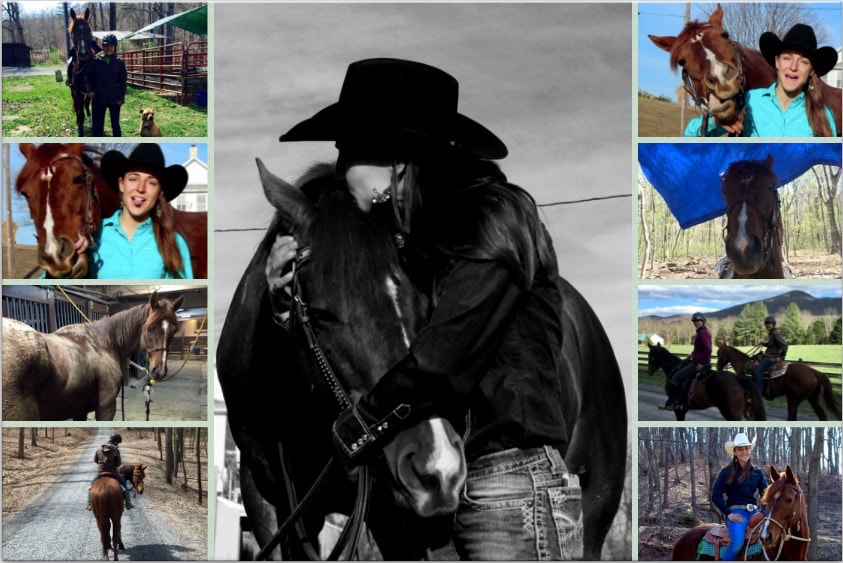

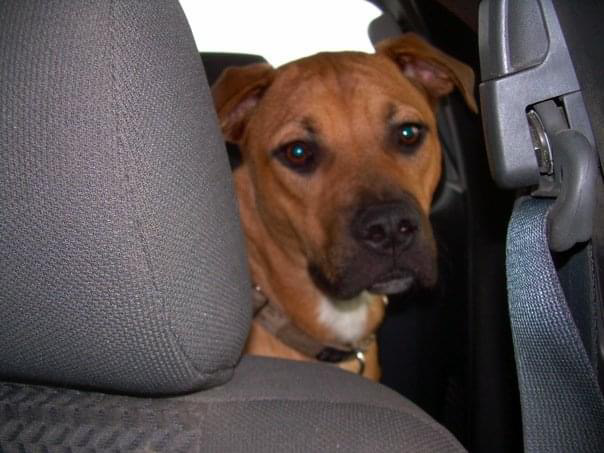


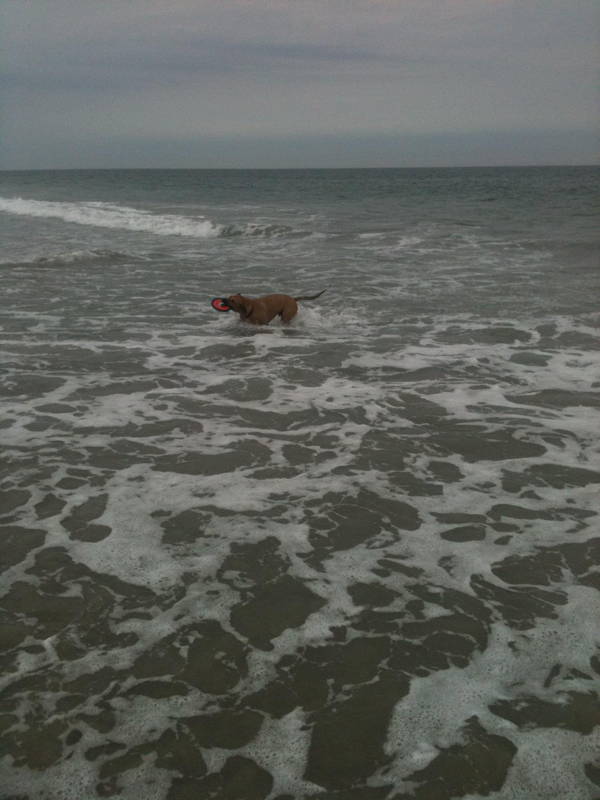








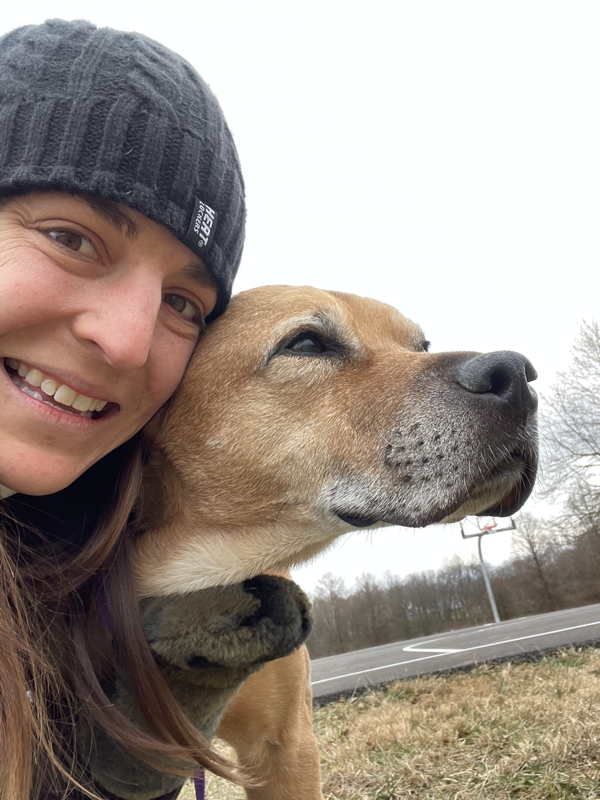





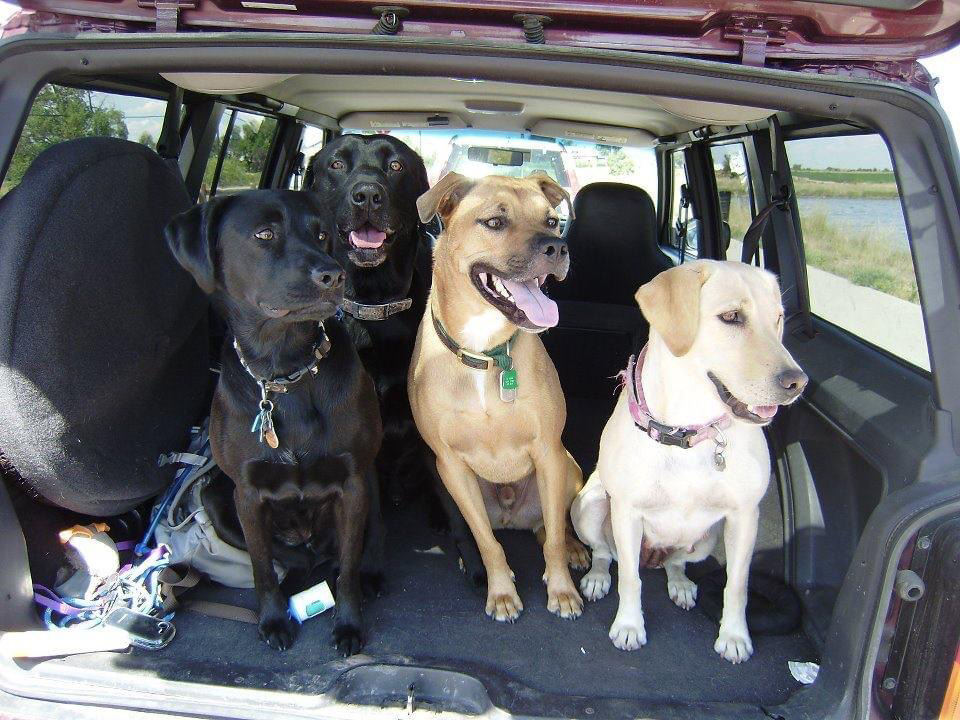
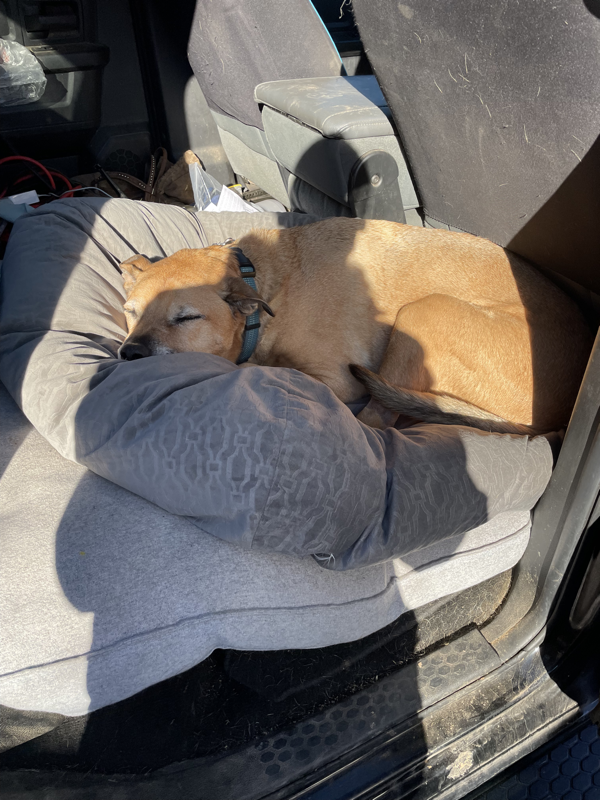
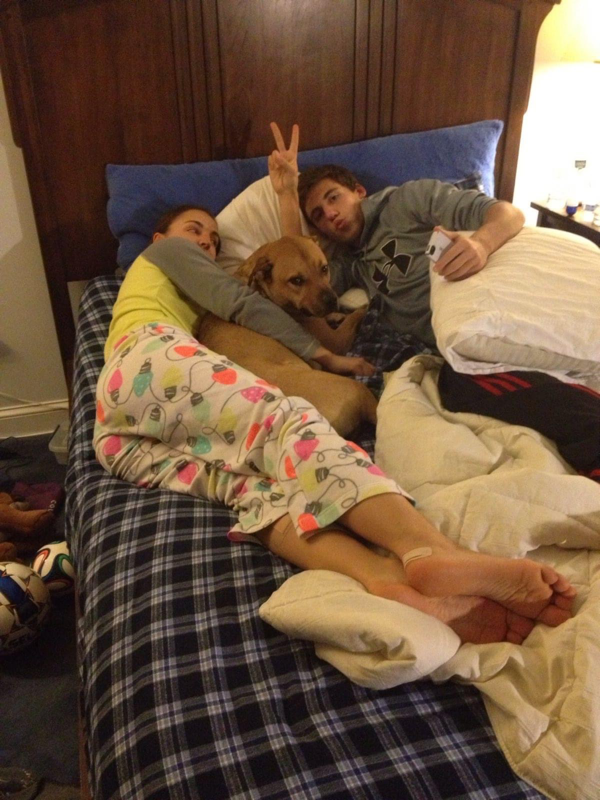
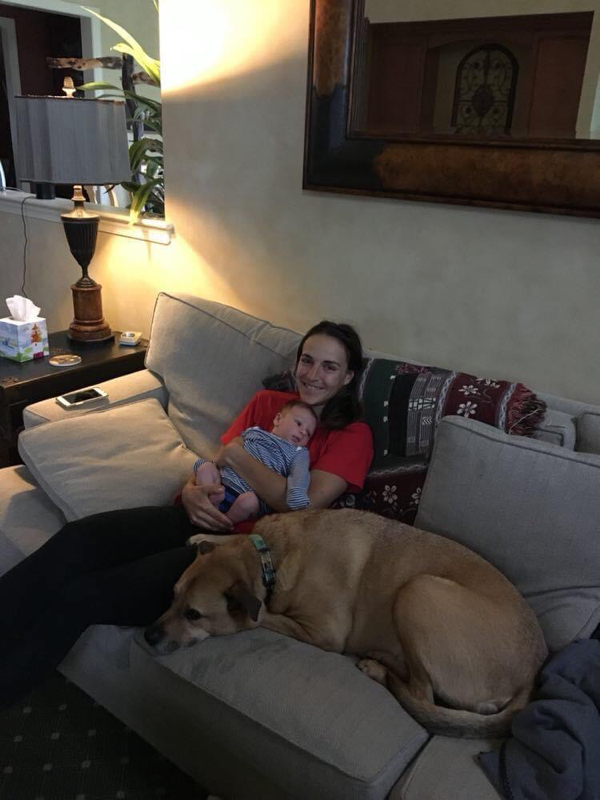

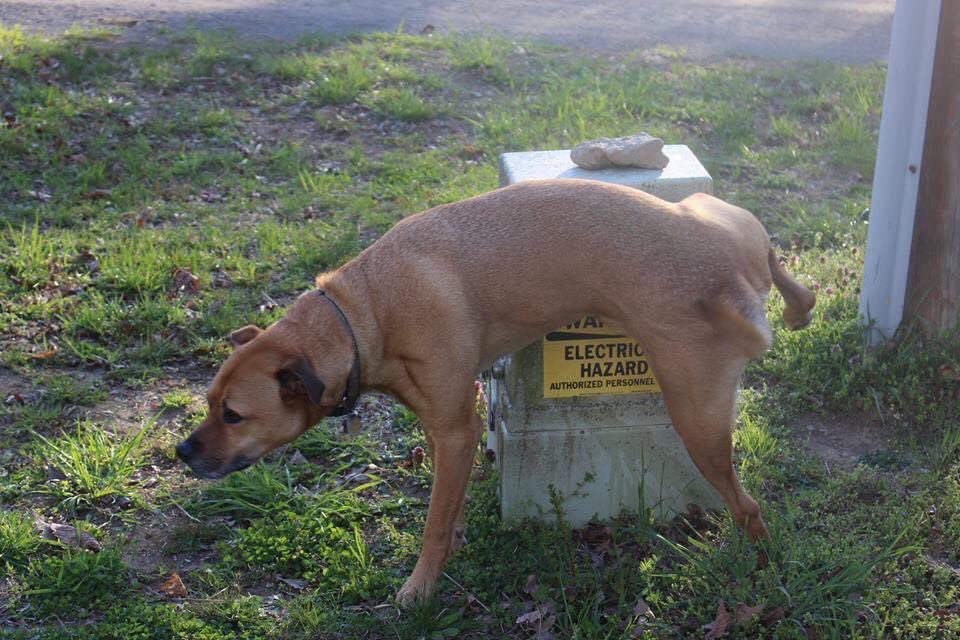
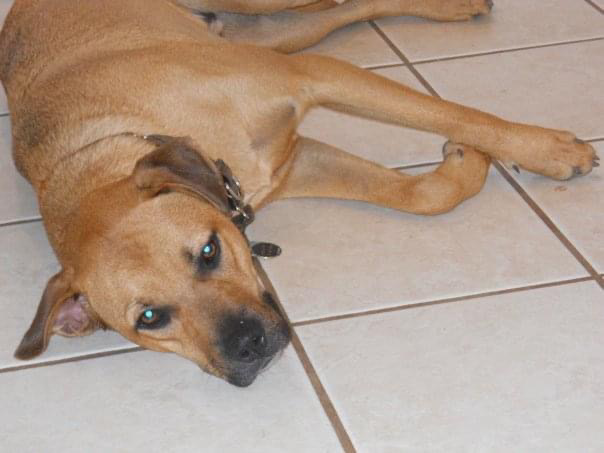
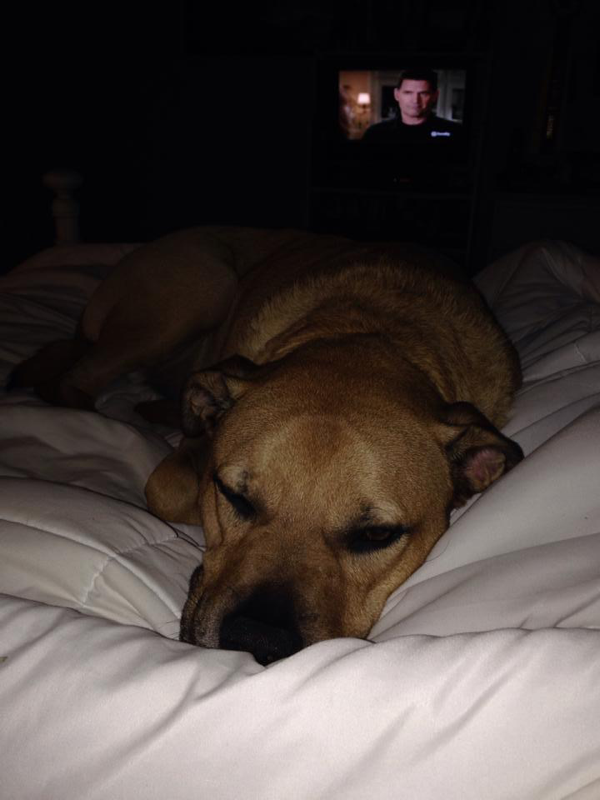




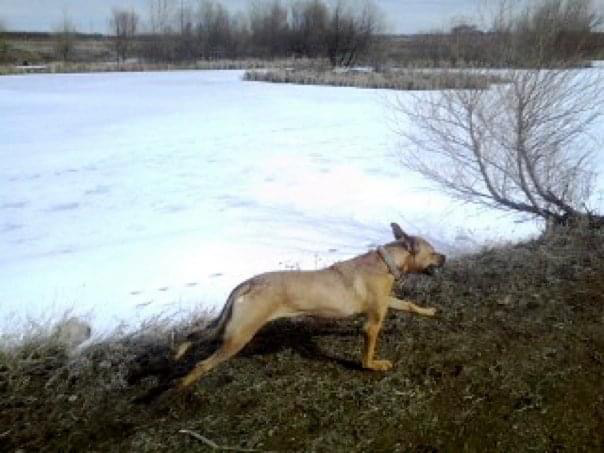
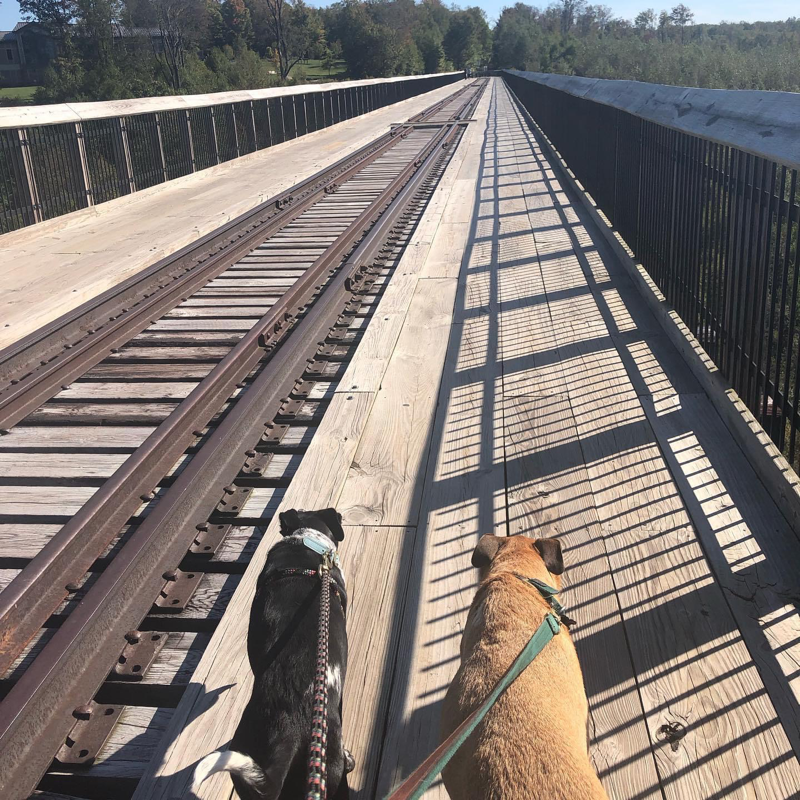






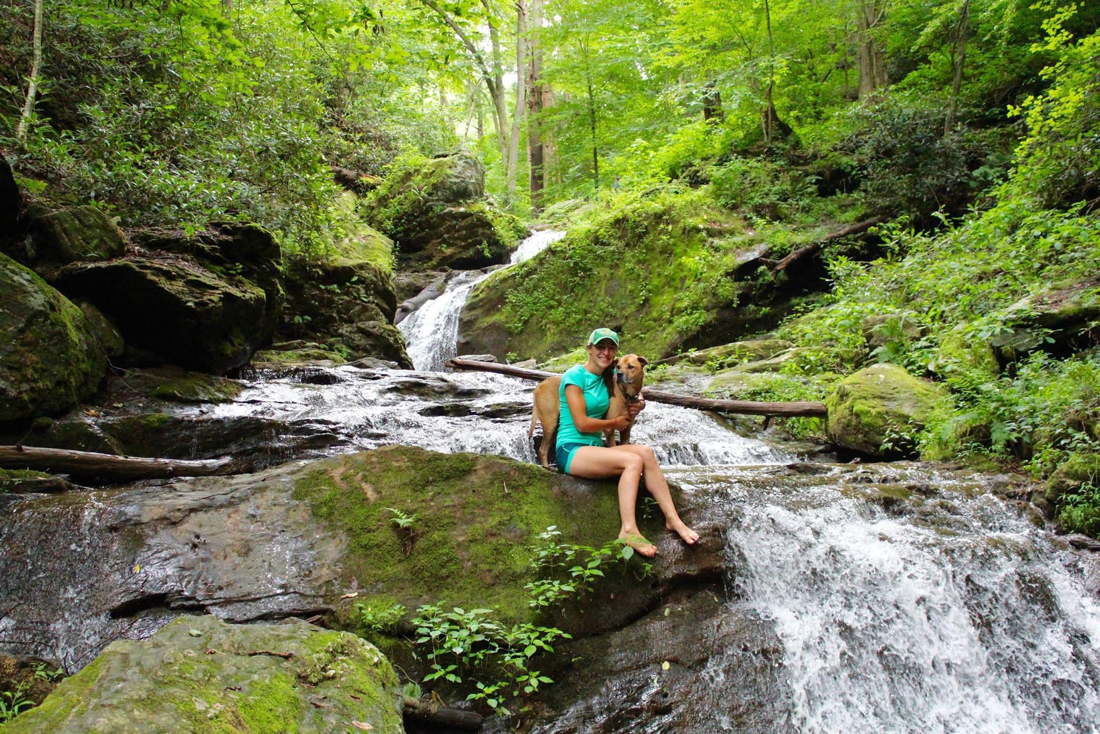





 RSS Feed
RSS Feed